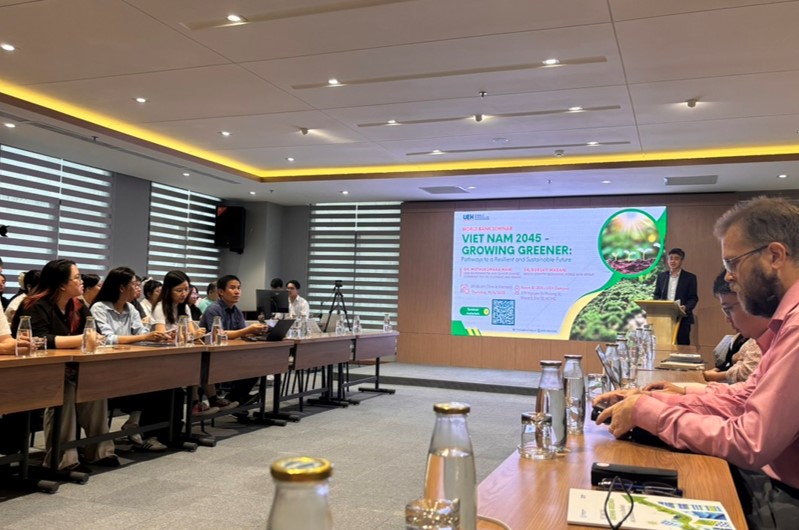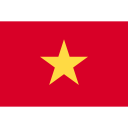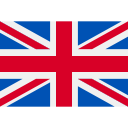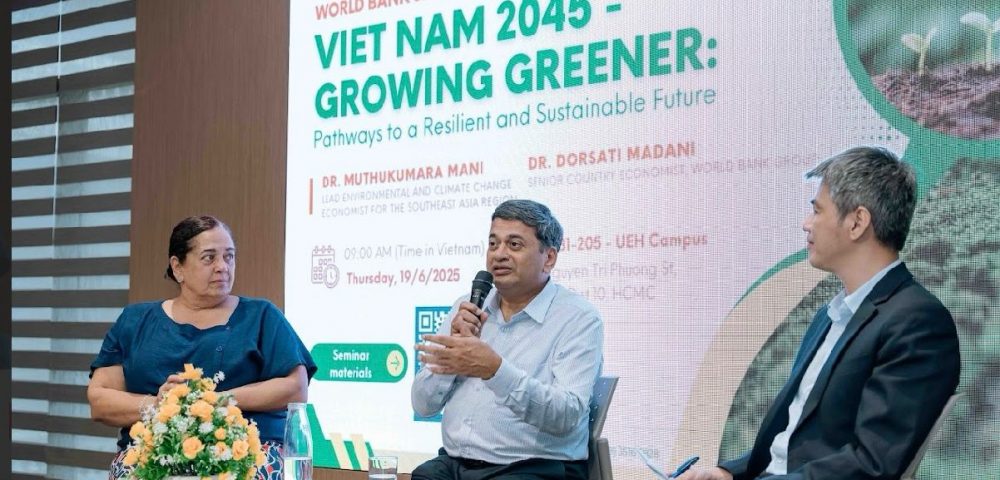Vietnam is entering a new era of transformative change. On June 12, 2025, Resolution 202/2025/QH15 came into effect, reducing the number of provinces and cities from 63 to 34. Among the 28 coastal provinces previously, 21 of the 34 new provinces now have a coastline, and 23 have seaports — including two landlocked provinces (Dong Nai, merged with Binh Phuoc; and Tay Ninh, merged with Long An). These coastal provinces account for 68% of all provinces and cities, contributing 86% of the country’s total GDP, marking a new phase in Vietnam’s coastal development.
- Understanding the Blue Economy: A Strategic Asset
The blue economy — also referred to as the “green economy of the sea” — encompasses all economic activities related directly or indirectly to the ocean and coastal areas. This includes fisheries, coastal transport, tourism, offshore energy, and more. With over 3,260 km of coastline, more than 1 million km² of coastal territory (three times its land area), and more than 3,000 islands, Vietnam holds a clear competitive edge in developing its blue economy.
Nearly half of Vietnam’s population — previously 28 out of 63 provinces — live in coastal areas, where marine resources and natural beauty provide direct economic opportunities for around 50 million people.
- Current Contributions and Growth Potential
From 2010 to 2020, the Gross Value Added (GVA) and employment generated by blue economy sectors reflected both growth and challenges. Over the decade, GVA from these sectors increased from 5.04% to 5.83% of national GVA, before declining to 3.18% in 2020 due to COVID-19’s impact, particularly on tourism.
Nevertheless, their impact on employment remained significant, accounting for 8–9% of the total labor force. Marine tourism was the largest contributor to GVA among blue sectors, followed by oil and gas production, and coastal transport. Offshore wind energy has also seen rapid development.
Looking ahead to 2030, blue economy sectors are expected to see substantial growth: aquaculture and fisheries production is projected to grow by 48%, oil and gas output by 187%, offshore wind capacity by 18 times, and waterway transport volume by 61%. Despite this, the expected GVA share by 2030 is 9.7%, still short of the 10% GDP target set in Resolution 36.
- Challenges to Sustainable Growth
Despite its potential, Vietnam’s blue economy faces severe challenges:
- Marine Pollution: Vietnam is among the top five ocean polluters globally, discharging 0.28–0.73 million tons of plastic waste into the sea annually. Untreated industrial waste, heavy metals, and oil spills compound the problem.
- Degradation of Natural Resources: Excessive groundwater extraction has led to saltwater intrusion, threatening freshwater and rice production. Over half the freshwater reserves in the Mekong Delta and 31.55% in the Red River Delta are affected. Mangrove forests, vital for coastal protection and carbon storage, have shrunk by 72% since 1950. Overfishing and declining fish stocks are critical issues.
- Climate Change Impacts: Vietnam is highly vulnerable to sea-level rise, stronger storms, and ocean acidification. Extreme weather events pose severe risks to coastal communities, ports, and supply chains. An estimated 11.8 million people in coastal provinces are at high risk of severe flooding.
- Poor Planning and Enforcement: Rapid infrastructure development, weak spatial planning, poor regulation enforcement, and a lack of inter-sectoral and regional coordination are degrading coastal ecosystems.
- The Value of Marine Ecosystem Services
Beyond direct economic benefits, marine ecosystems provide high-value, often unpriced services. The total estimated value of Vietnam’s marine ecosystems in 2010 was VND 14,158.7 billion, with mangroves contributing 94% of this value, followed by open oceans (3%), coral reefs (2%), and coastal systems (1%).
These services — provisioning (e.g., fisheries), regulating (e.g., flood control), habitat (e.g., biodiversity), and cultural (e.g., tourism) — currently represent only 0.60% of national GVA, underscoring the need for better recognition and conservation of these invaluable assets.
- Government Vision for the Blue Economy (Resolution 36)
Resolution 36-NQ/TW, issued by the Party Central Committee in October 2018, sets out an ambitious vision for sustainable coastal development. By 2030, blue economy sectors are targeted to contribute 10% of GDP. Key goals include:
- Infrastructure Development: Complete basic socio-economic infrastructure on inhabited islands.
- Marine Surveys: Survey at least 50% of Vietnam’s coastal area to map resources and environmental conditions.
- Ecological Planning: Ensure that all coastal economic zones, industrial areas, and urban spaces are sustainably planned and climate-resilient.
- Marine Conservation: Expand marine and coastal protected areas to at least 6% of the country’s natural sea area.
- Mangrove Restoration: Restore coastal mangrove forests to at least the area they covered in 2000.
- Pollution Control: Substantially reduce marine pollution, including plastic waste.
- Waste Management: Achieve 100% collection and environmentally sound treatment of hazardous and municipal waste in coastal provinces.
- Coastal Protection: Develop measures to reduce tidal impacts, saltwater intrusion, and shoreline erosion.
- Policy and Measures to Ensure Sustainability
The Vietnam 2045: Growing Greener report by the World Bank recommends several policy interventions:
- Strengthen Legal and Regulatory Frameworks: Enforce stricter pollution controls, real-time monitoring, and penalties. The 2020 Environmental Protection Law and related marine resource management decrees are key tools.
- Invest in Climate-Resilient Infrastructure: Prioritize nature-based solutions such as mangrove and seagrass restoration and upgrade existing infrastructure to withstand sea-level rise and extreme weather.
- Fisheries Reform: Limit overfishing and support small-scale fishers in transitioning to sustainable practices.
- Implement Marine Spatial Planning (MSP): Enforce national MSP regulations aligned with blue economy indicators, and establish a national MSP task force.
- Strengthen Institutional Capacity and Coordination: Improve coordination across ministries and between central and local governments, and reform intergovernmental finance to support regional and interprovincial public investments.
- Develop Marine Data Systems: Invest in advanced ocean data infrastructure using technologies like remote sensing, AI, and big data to improve the accuracy and timeliness of blue economy data. Provide localized climate and risk information to support household and business decision-making.
- Mobilize Innovative Financing: Develop blended finance instruments to attract public, private, and donor capital for climate adaptation. Expand insurance markets and risk-sharing tools, including parametric insurance.
- Engage Private Sector and Households: With two-thirds of climate adaptation investment expected from households and businesses, the government must provide incentives, financial support, and access to climate risk information.
- The Blue Economy’s Role in Climate Adaptation and Mitigation
The blue economy is not only vulnerable to climate change — it is also a critical part of the solution:
- Adaptation: Coastal ecosystems such as mangroves and coral reefs protect against flooding and erosion, shielding about 7% of the population and USD 6.5 billion in assets. Restoring and protecting these ecosystems boosts coastal resilience. Climate-resilient infrastructure like dikes and drainage systems is also vital.
- Mitigation: Marine ecosystems are significant carbon sinks. Mangroves and seagrasses absorb and store substantial CO₂. Offshore renewable energy — particularly wind and wave — has massive potential in Vietnam, with an estimated 1,000 GW/year in wind and solar potential. Expansion of offshore wind capacity (targeted to reach 3,557 MW by 2030) represents a major contribution to national decarbonization goals.
Conclusion
Vietnam’s blue economy is a fundamental pillar of its green and resilient development vision for 2045. Despite facing mounting challenges from climate change and unsustainable practices, it offers tremendous opportunities for both adaptation and mitigation. Achieving this vision will require consistent implementation of policies, strategic marine spatial planning, sustainable resource management, renewable energy development, and enhanced climate resilience of infrastructure and communities. Only through such an integrated approach can Vietnam unlock the full potential of its blue economy, protect its precious marine ecosystems, and secure a prosperous, sustainable future.







